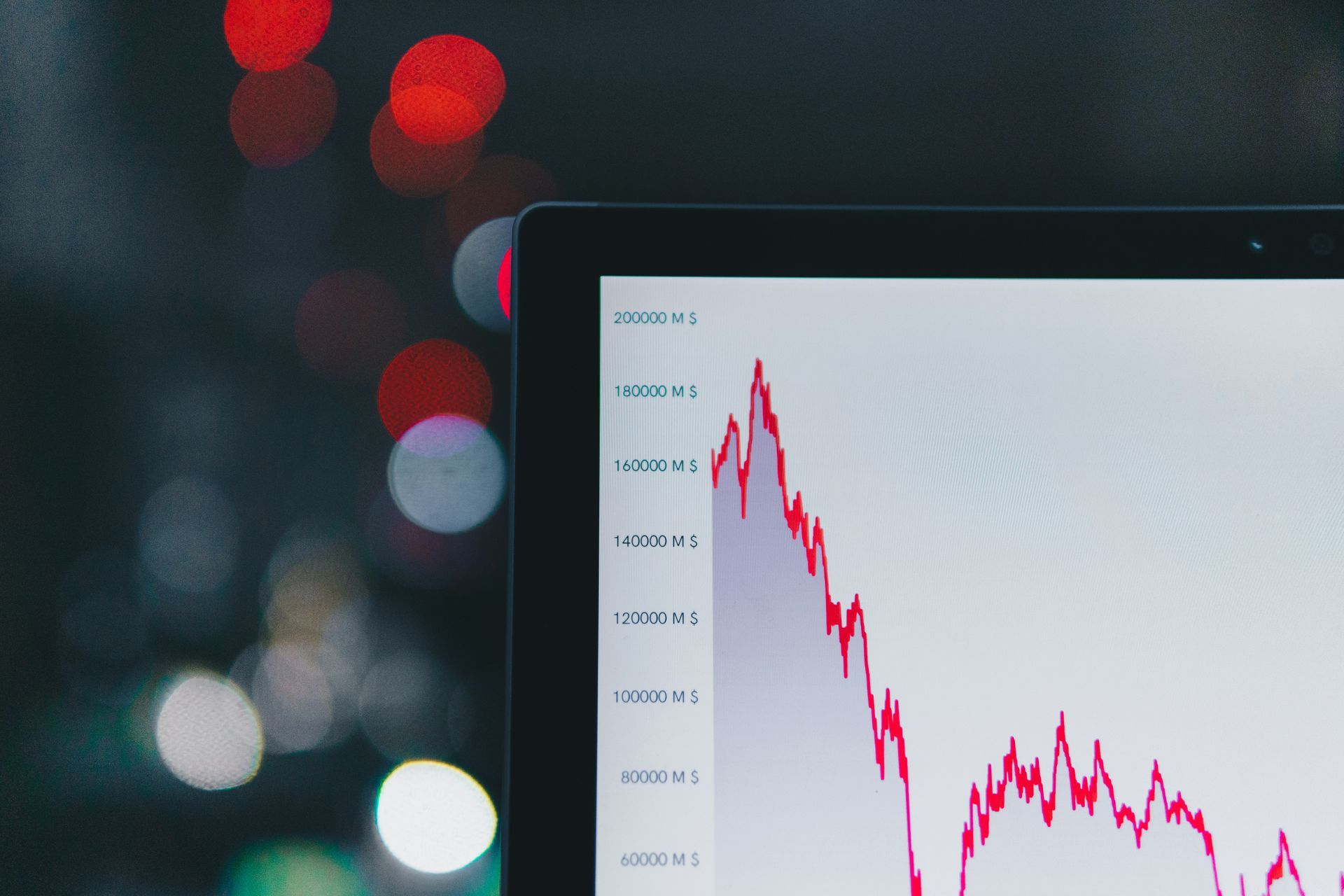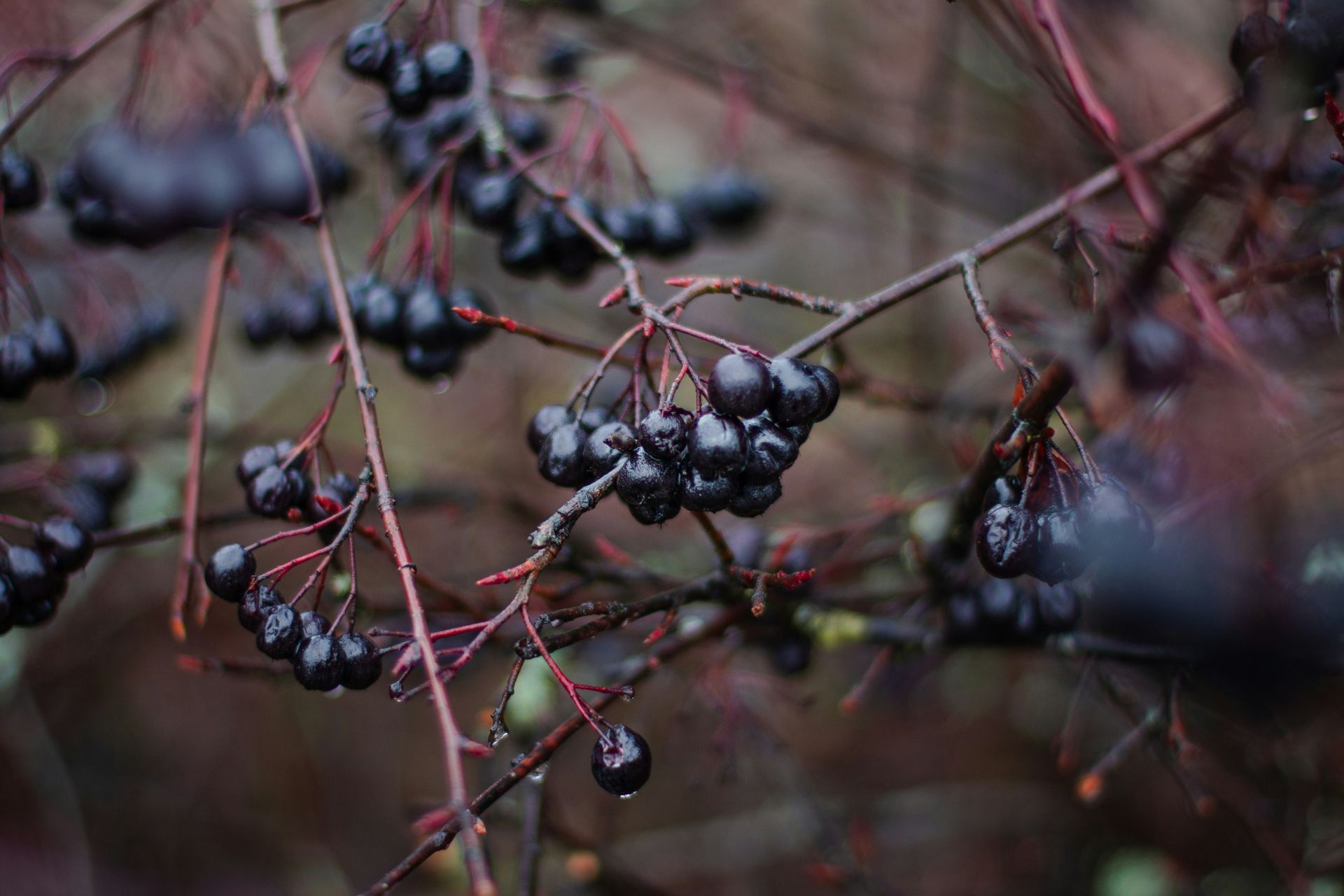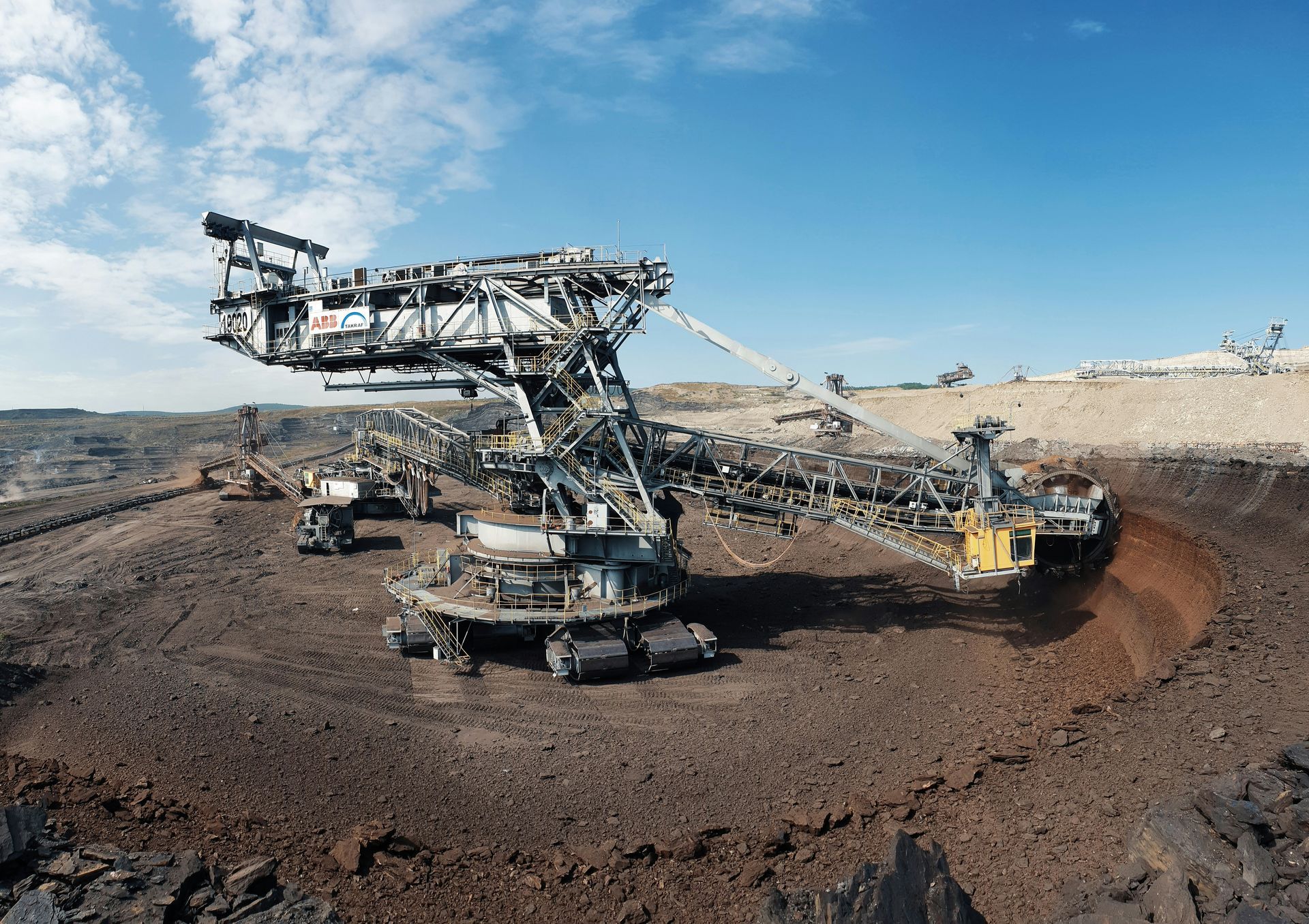The fragmented political landscape of the DRC
The DRC has a deeply fragmented political landscape characterized by numerous political parties and armed groups - a legacy of decades of conflict and colonization. This fragmentation is rooted in the country's ethnic diversity and the lack of a strong central authority and institutions.
While the political scene is dominated by a few major parties, these parties often struggle to maintain control beyond urban centers. In rural areas, local chieftains and militias wield significant power, often forming alliances with politicians for mutual benefit. Analysts estimate that this multipartyism has not had a positive impact on the security situation and peace in the country. The decentralization of power is compounded by the state's limited capacity to enforce laws across its large and often inaccessible territory.

DRC political parties
There are over 910 officially registered political parties in the DRC, a record number since the introduction of multipartyism. Among these 910 parties, more than 500 belong to the Union sacrée pour la nation (Sacred Union for the Nation, USN), the electoral platform of president Félix Tshisekedi.
Many of those political formations are small and their agenda often is built in support of the ruling UDPS party. At the moment, there are at least 31 such micro-parties in the DRC that can be categorized as "Tshisekedi-affiliated".
Such a party is the Alternative Action for the Love of Congo (4AC), which according to its manifesto aims to support prime minister Judith Suminwa, a member of UDPS and an ally of Tshisekedi’s, in forming an effective and responsive government that meets the expectations of the Congolese. Interestingly, 4AC was the only party to elect representatives in the Lubumbashi commune of Kenya.
Parties and platforms
In the DRC, it is common for parties to gather under numerous platforms and coalitions. For example, the Pact for a Restored Congo (Pacte pour un Congo Retrouvé - PCR) is a relatively new political platform created on January 23, 2024. The PCR brings together several political parties that are members of Tshisekedi’s Sacred Union: the Alliance of Allies of the UNC of Vital Kamerhe, the AAAP of Tony Kanku, the Bloc 50 Alliance of Julien Paluku and the Coalition of Democrats (CODE) of Jean-Lucien Busa. In total, the PCR has more than 230 national and provincial deputies. PCR aims to strengthen cohesion within the political family of Félix Tshisekedi and his ruling coalition.
In December 2021, another platform had been created under the name Horizon 2023 to rally for Tshisekedi’s re-election, bringing together 26 political parties, 67 associations and many public figures. It never joined the Sacred Union and claimed to serve the purpose of a more ‘homogenous’ political majority.
During the 2023 election, the opposition also gathered under the anti-Tshisekedi front. Four opposition leaders - Martin Fayulu, Moïse Katumbi, Augustin Matata Ponyo and Delly Sesanga - met in Lubumbashi to "unite their ideas and forces" and campaign for a transparent and peaceful election.
Local conflicts and political movements
Also, historically, some of the armed groups that participated in local conflicts transitioned into political movements, adding another layer of complexity to the national political landscape.
The Congolese Rally for Democracy (CRD), for example, active mainly in the North Kivu and South Kivu provinces, was formed by Congolese Tutsi refugees and Rwandan political exiles. After the signing of the 2003 peace agreement, the RCD was integrated into the DRC's transitional government, but factions of the group continued to fight under the M23. Another similar group that participated in the transitional government in 2009 was the National Congress for the Defense of the People (CNDP). These are political elements that still influence regional politics in the DRC.
For deeper insights on the current elected politicians in the DRC as of December 2023, you can follow Evidencity's work on our Lubumbashi-focused Local PEP check unique dataset
here.
Evidencity conducts in-house research on TruthSeeker, researching companies and individuals of global economic interest.



